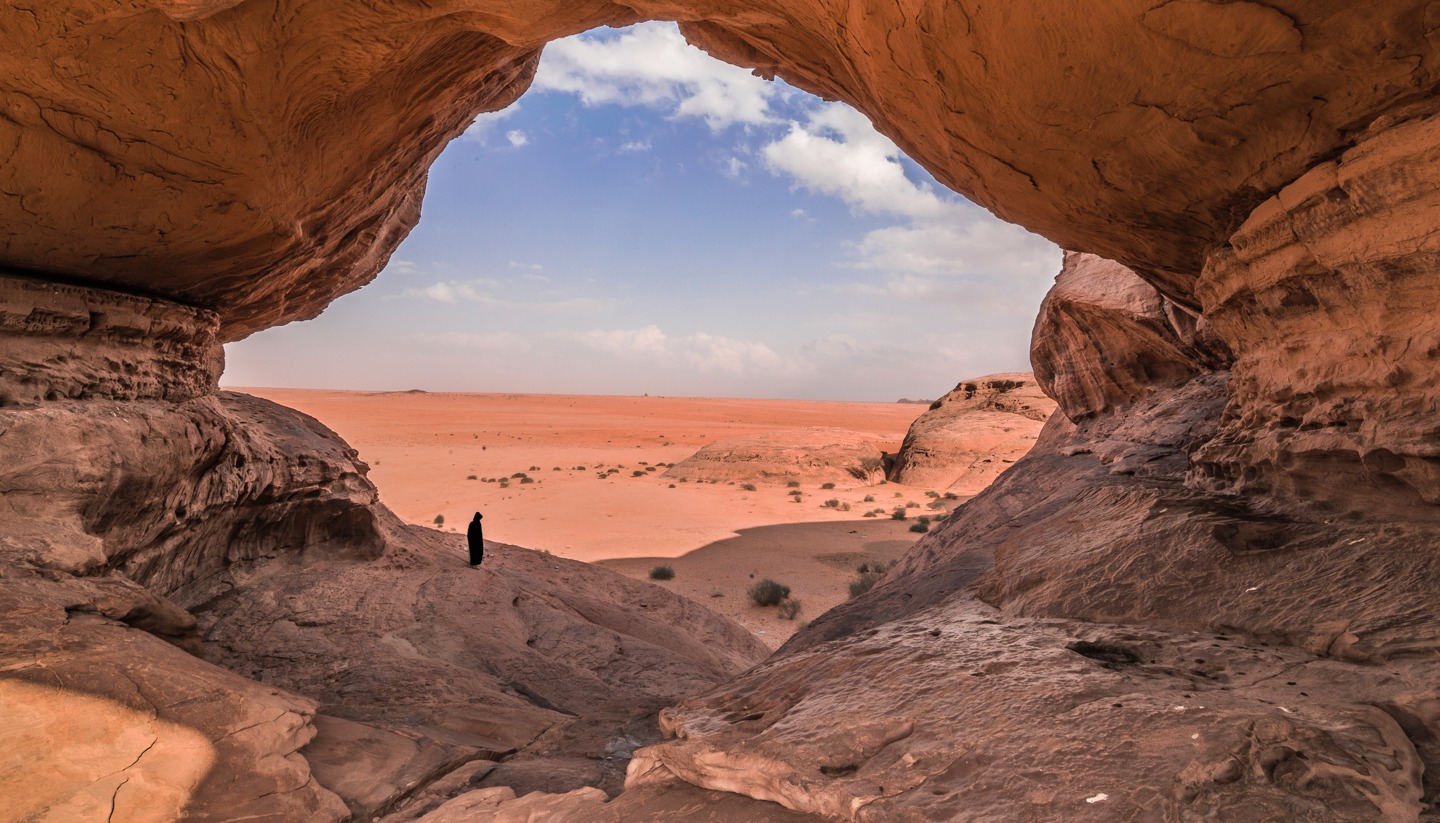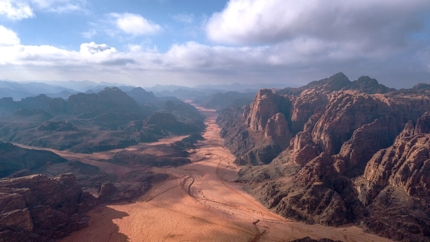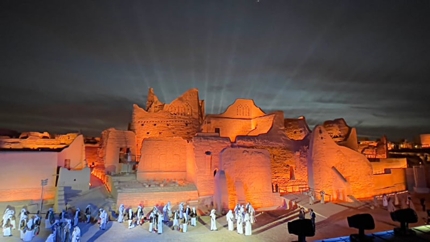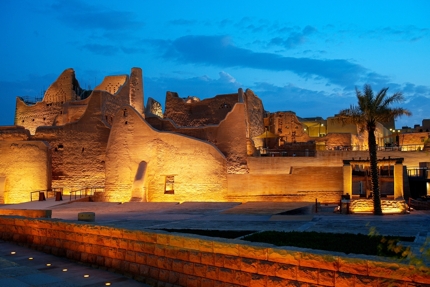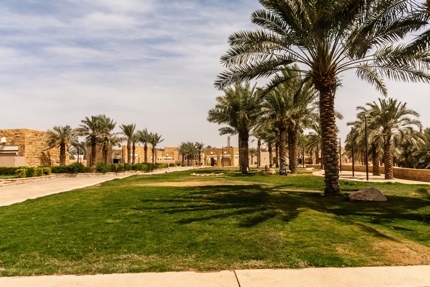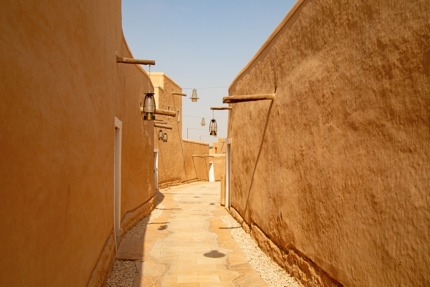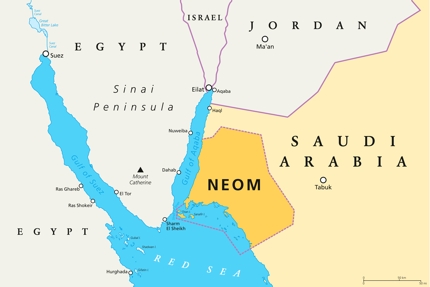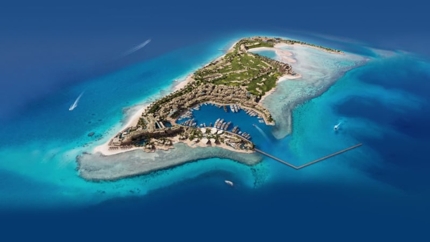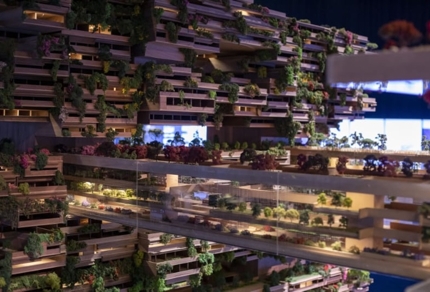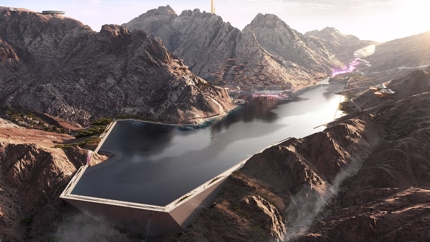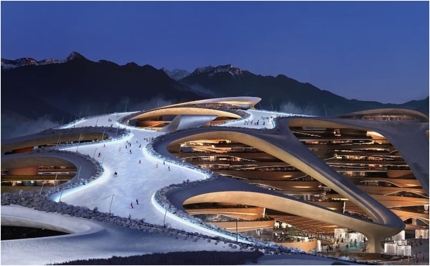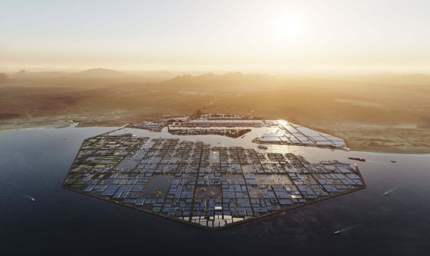Saudi Arabia is on a mission to transform itself into one of the world's top tourist destinations by 2030
Many tourists from the Western world today may not see Saudi Arabia as a prime tourist destination on their radar. It is equally true that many tour companies have yet to offer enticing packages that showcase Saudi Arabia’s wealth of attractions. In our view, this oversight represents a missed opportunity for all.
One undeniable fact is that Saudi Arabia has been working tirelessly to transform its tourism sector into an eco-friendly and highly sustainable destination. We’re talking about extraordinary experiences coupled with an unwavering commitment to environmental responsibility, all part of a broader shift away from reliance on oil. This transformation includes Saudi’s emergence as a global hub for Arabian arts, culture, and heritage, the creation of a futuristic carbon-free city, and the development of an eco-friendly ski resort that defies expectations by rising up in the desert. If you remain sceptical, read on.
Transforming a nation not typically known for tourism
Saudi Arabia is on a mission to transform itself into one of the world’s top tourist destinations by 2030. As part of this ambitious goal, the country has made impressive investments and developments in Diriyah and NEOM. The latter includes The Line, Sindalah, Trojena, Oxagon, and Lejya.
Diriyah, the city of earth
Diriyah, located approximately 20km from Riyadh, holds a significant place in Saudi Arabia’s history as the ancestral home of the Saudi royal family, the House of Saud. This city was founded in the 15th century, and in the early 1700s, it became the birthplace of the First Saudi State under the leadership of Muhammad bin Saud Al Muqrin. Once a thriving centre of political and cultural life in Saudi Arabia, Diriyah now stands as a symbol of the country’s rich cultural identity.
The Saudi Tourism Board has embarked on ambitious plans to transform Diriyah into a major tourist destination, all while preserving its invaluable cultural and historical heritage. Thus far, they have painstakingly restored historic buildings, established new museums that bridge the past and present, and introduced an impressive array of hotels and dining options catering to the diverse needs of modern visitors. Nevertheless, there is more to come. By 2030, additional attractions will be unveiled, further solidifying Diriyah as an extraordinary cultural hub.
What to expect from Diriyah today
The At-Turaif district in Diriyah, a UNESCO World Heritage Site that beautifully showcases the intricate Najdi architectural style, is where most visitors will start the tour. The iconic Salwa Palace – featuring a collection of palaces with decorative triangular windows and honey-coloured mud-and-straw houses – takes visitors on a journey through the Kingdom’s social and cultural past. A section of Salwa has been transformed into the Diriyah Museum, housing a treasure trove of documents, paintings, and antiques for exploration.
Across from the At-Turaif district lies the Al Bujairi Heritage Park, a serene oasis surrounded by lakes and palm trees. This tranquil setting provides an opportunity to engage with Saudi crafts such as pottery and calligraphy. As the night falls, the park comes alive with the captivating tales of storytellers.
Not far from Al Bujairi Heritage Park is the Bujairi Terrace, Diriyah’s premier fine dining experience. Launched in December 2022, Bujairi Terrace boasts a curated collection of cafés and restaurants offering regional and international cuisines. Here, visitors can savour a delectable meal in an authentic Saudi Arabian ambience or indulge in extraordinary dishes influenced by European flavours.
NEOM
NEOM is widely heralded as the ‘land of the future’. Spanning across a vast expanse in the north-western region of Saudi Arabia, NEOM is an ambitious project that has garnered approximately US$500 billion in investments from the Public Investment Fund of Saudi Arabia, along with contributions from local and international investors. The overarching vision is to transform this region into clusters of attractions that allow tourists, much like you and me, to immerse themselves in Saudi Arabia’s captivating landscapes, including its pristine beaches, majestic mountains, and enchanting deserts.
What sets the Saudi Tourism Authority apart is its unwavering commitment to going beyond conventional tourism offerings such as theme parks or water slides, designed to attract visitors of today. Instead, they are pioneering highly innovative solutions, offering experiences that challenge the limits of imagination, and most importantly, implementing sustainable practices that align with the expectations of the tourists of tomorrow.
NEOM’s projects include Sindalah, The Line, Trojena, Oxagon, and Leyja.
Sindalah
Sindalah, an island located in the Red Sea, will serve as the inaugural showcase within the NEOM project. This island will feature luxurious amenities, including a yacht club, beach club, wellness centre, and golf course, all meticulously designed in accordance with NEOM’s stringent sustainability and responsible design principles. Conservation is also a focal point of Sindalah, with a particular emphasis on providing visitors with immersive experiences that allow them to engage with the rich marine life and biodiversity surrounding the island.
THE LINE
Arguably the most thrilling masterpiece within the NEOM initiative, The Line is a vision so captivating that anyone who glimpses its plans will want to rally behind Saudi Arabia’s determined effort to redefine urban development. We too, believe that this is a cause worthy of resounding applause.
In a nutshell, The Line is a city that stretches 170km in a straight line, beginning from the mountains, traversing desert valleys, and ultimately reaching the shores of the Red Sea. Remarkably, this entire city will occupy a footprint of merely 34 square km.
One of The Line’s most audacious features is that it shall have no roads or cars. Everyone walks, or relies on high-speed rail for transportation. This city is designed to run on 100% renewable energy, while preserving an astounding 95% of its land for nature, featuring lush trees and serene lakes that contribute to creating microclimates conducive to a harmonious living and working environment.
Several news outlets have aptly described The Line as an innovative and revolutionary concept. We share the same sentiment. After seeing the presentations of The Line, our message to you is simple: The future is here.
Trojena
The mountainous expanse of Trojena rises majestically above the desert valleys, reaching altitudes of up to 2,600 meters above sea level. At this elevation, temperatures plummet, and winter brings swirling snowflakes, rendering Trojena an idyllic setting for alpine and adventure sports. Incidentally, this is where the Saudi government envisions the creation of a ski village, utilising both natural and artificial snow.
Furthermore, Trojena is poised to offer a diverse array of cultural tourism activities. Plans include the establishment of an observatory, a man-made freshwater lake, a nature reserve, and concert halls. These features are set to cater to the tastes of even the most discerning visitors.
Oxagon
The new floating city of Oxagon will be situated approximately 130km south of Ras Gasabah, a windswept headland near the mouth of the Gulf of Aqaba. Oxagon’s primary role is to serve as a pivotal high-tech logistics centre, facilitating the movement of goods between Asia, the Middle East, and Europe via container ships.
Apart from sea trade, Oxagon will also serve as a pioneering platform for programs cantred on critical areas such as water desalination, water recycling, renewable energy, and the application of artificial intelligence for the benefit of its inhabitants. Undoubtedly, many of the projects within Oxagon will play a vital role in addressing the challenges of the future.
Leyja
Leyja is the most recent addition (but certainly won’t the last) to NEOM’s portfolio of ecotourism ventures. This project is set to commence at the Gulf of Aqaba and meander inland into a picturesque valley. In strict adherence to NEOM’s stringent sustainability criteria, Leyja has committed to reserving a staggering 95% of its land as a dedicated nature reserve. Moreover, its unwavering commitment to ecological design will manifest in cliff-hugging structures that seamlessly blend with the pristine wilderness while minimising their environmental impact.
Leyja has grand plans to draw in a diverse array of visitors, including rock climbers, nature enthusiasts, and wellness seekers, all of whom can immerse themselves in the breath-taking landscapes of a wadi and canyon.
Saudi Arabia’s tourism transformation
Saudi Arabia has set a big target: by 2030, it aspires to rank among the world’s premier tourist destinations, drawing in between 70 to 100 million visitors a year. This vision is driven by its remarkable developments in Diriyah, NEOM, The Line, Trojena, among others. Suffice to say, from ancient heritage sites to futuristic smart cities and ski resorts, Saudi Arabia promises an unforgettable experience for all who visit.
So, we encourage you to come and explore all that Saudi Arabia has to offer soon.
Before you go, here is a video of NEOM in progress:
